MATTERS OF OBSESSION
Bird-watching: Another time, another space
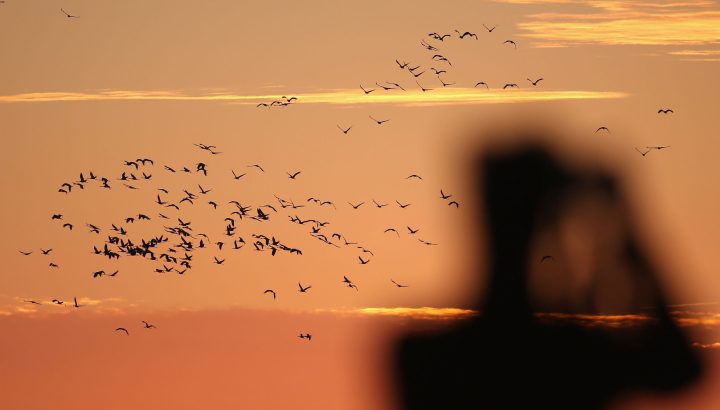
Bird-watching may not be regarded as the most action-packed or physically demanding outdoor activity, but it will make you reconnect with the nature around you in ways that few hobbies can.
“I think I was about 13 years old when I got into bird-watching. It was a tumultuous period in my family at the time. We were dealing with a lot. My mother had a friend who lived near Zeekoevlei in Cape Town. She was into birding, and she lived next to a bird sanctuary called Rondevlei. I used to go there with her every weekend,” says avid birder Jeremy Timm.
“The birds’ daily life was very structured. I think they provided me with the sense of stability which was missing for me at the time. I loved their predictability, their beauty, their kind of elegance in what they would eat and how they would make nests and how they would camouflage themselves and all those things.”
Timm, now 49, lives most of the year in Johannesburg, and a bit in the mountaintop village of Hogsback in the Eastern Cape, where he and his partner have developed a 4 hectare garden that attracts a variety of birds.
South Africa has some 39 birding clubs across all nine provinces. According to Birdlife South Africa, the Western Cape has nine birding sites, which is the most in the country, followed closely by Gauteng, with eight sites, and KwaZulu-Natal with seven.
Gauteng, which Timm calls home for most of the year, has the most birders in the country, probably due to the 400 different species that can be seen in the province.
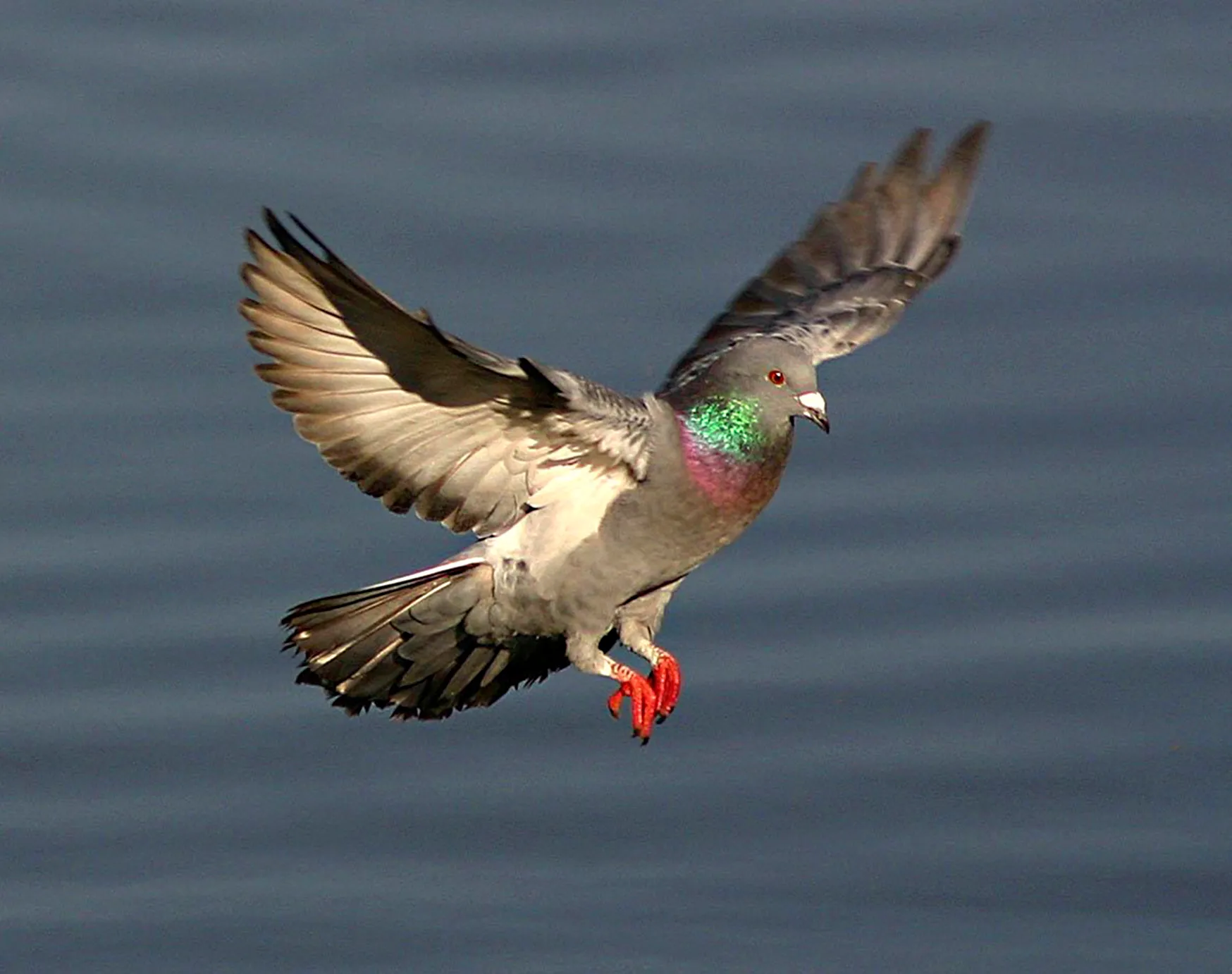
A garden pigeon taking flight in the Austin Roberts Bird Sanctuary.
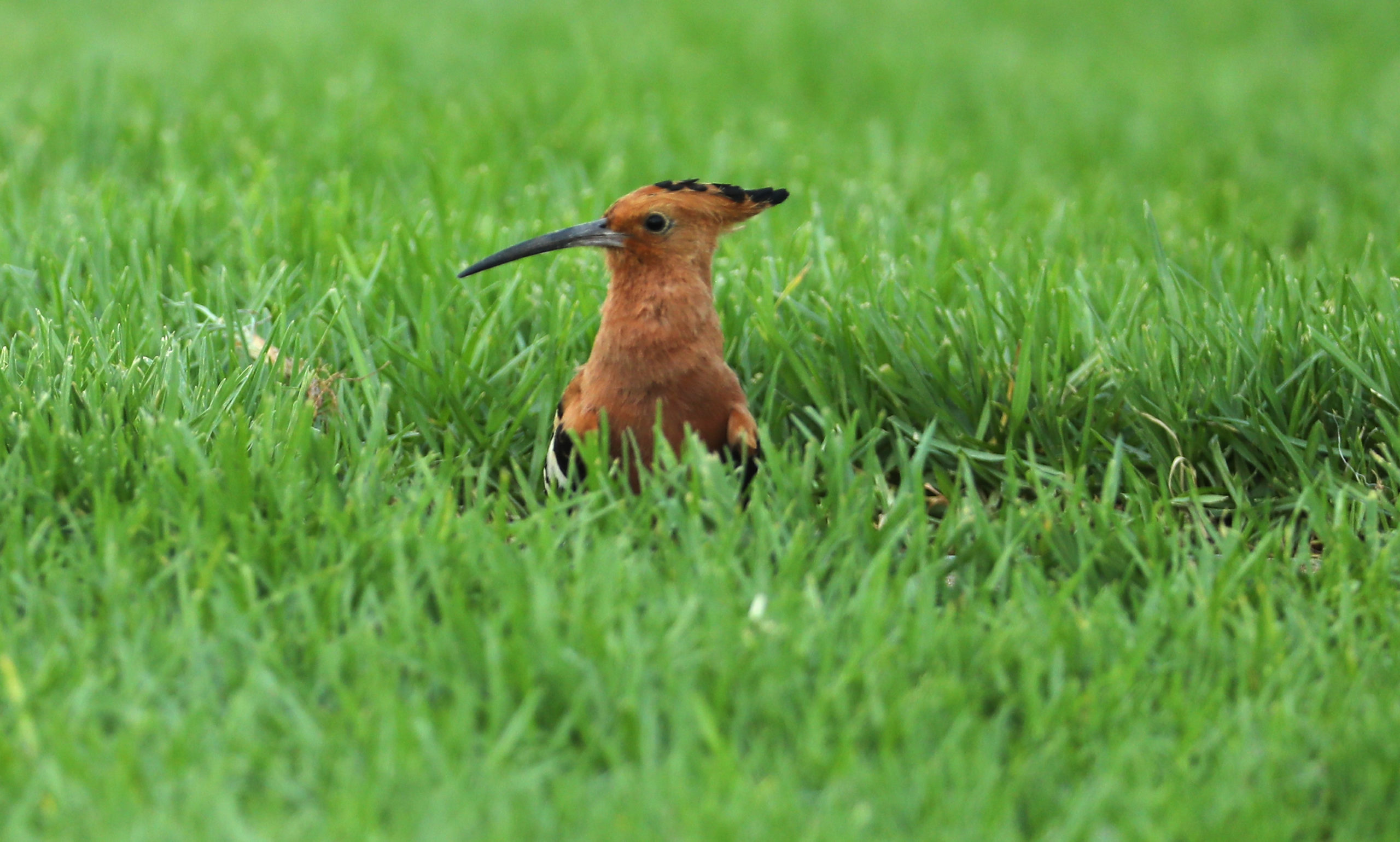
A Hoopoe is pictured ahead of the Nedbank Golf Challenge at the Gary Player CC on November 8 2016 in Sun City. (Photo by Warren Little/Getty Images)
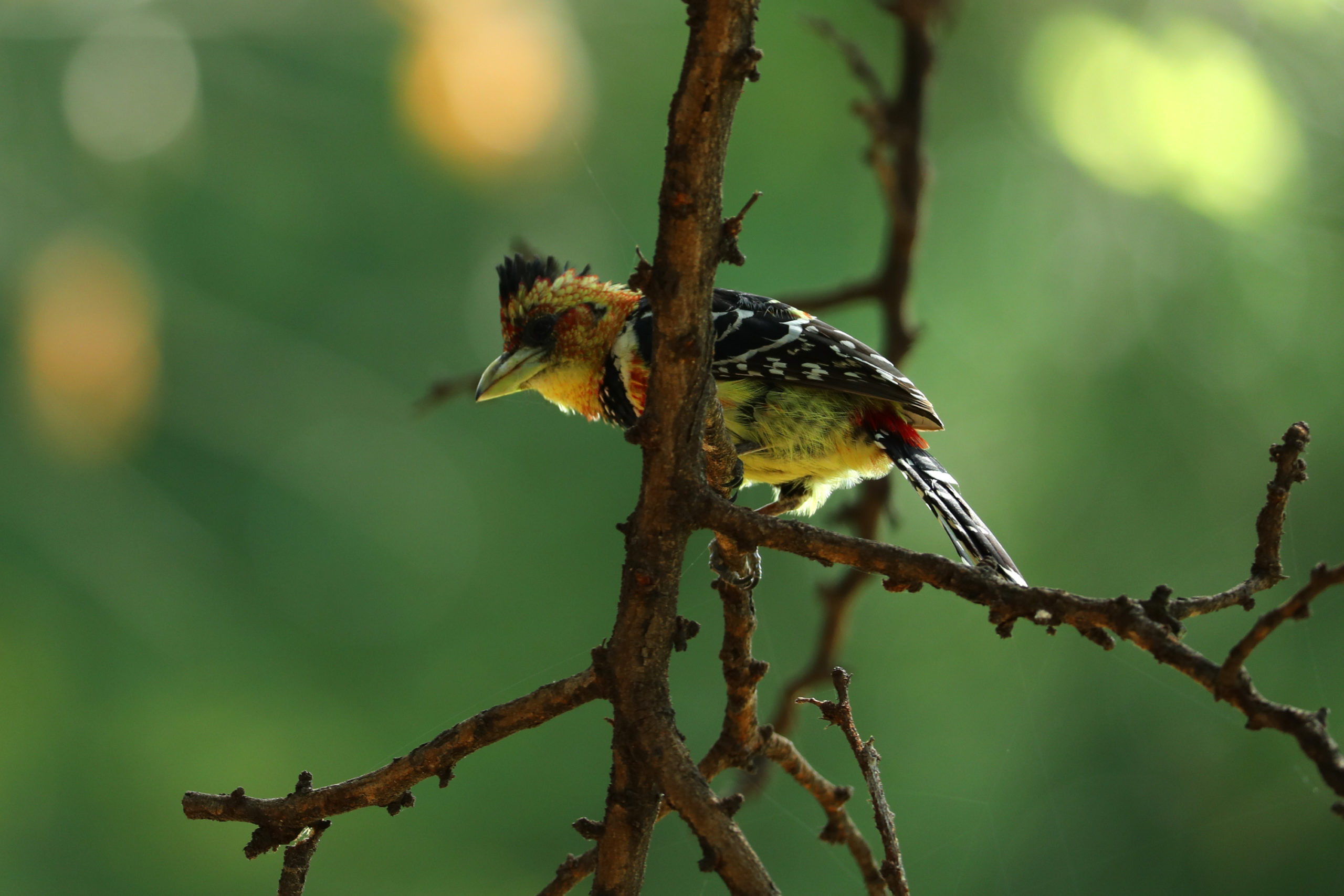
View of local bird life during day one of the Nedbank Golf Challenge at Gary Player CC on November 10 2016 in Sun City. (Photo by Warren Little/Getty Images)

Local birds are pictured ahead of the Tshwane Open at Pretoria Country Club on March 1 2017 in Pretoria. (Photo by Warren Little/Getty Images)
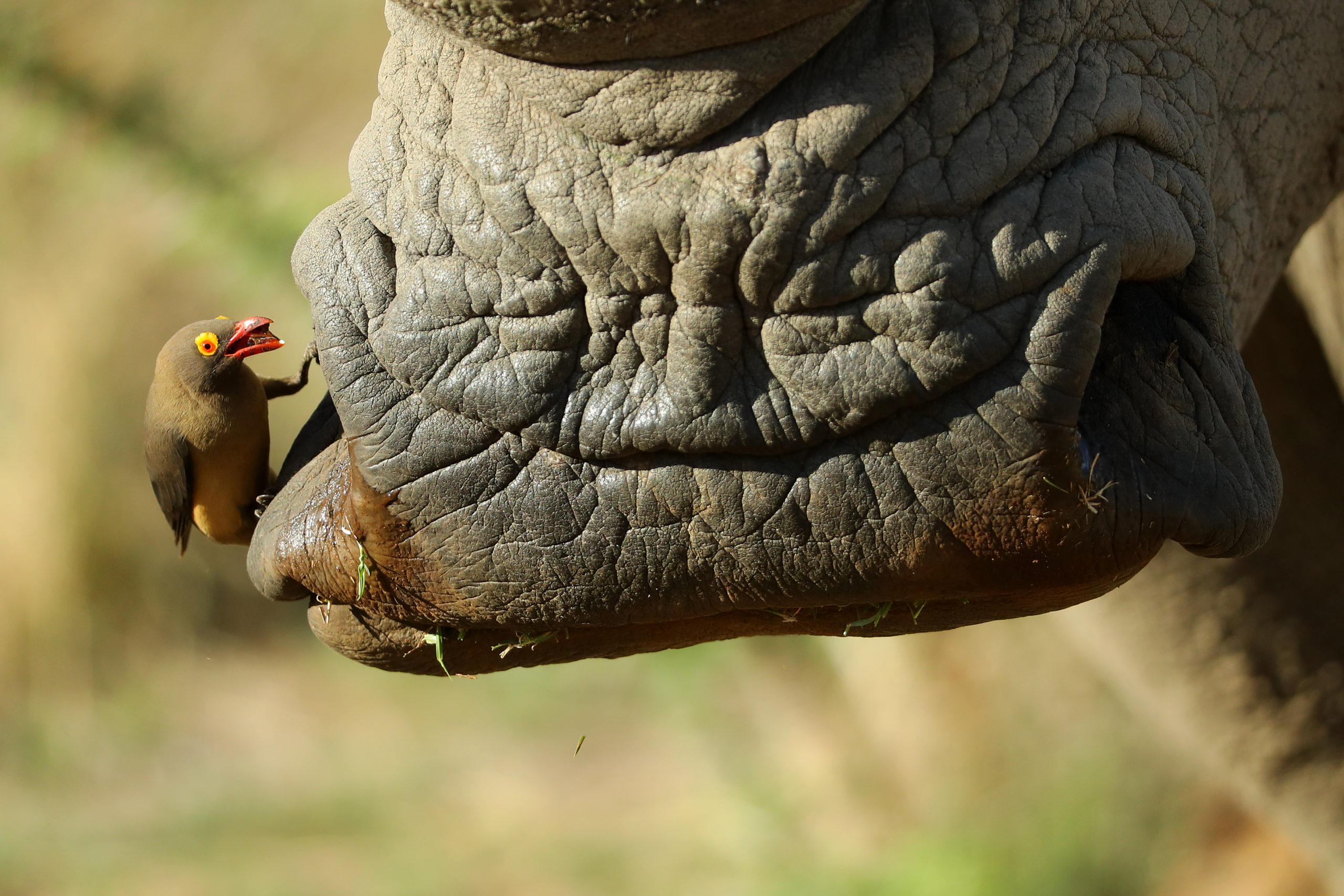
A Red-billed Oxpecker cleans a White Rhino in the Pilanesberg National Park before the third round of the Nedbank Golf Challenge at Gary Player CC on November 11 2017 in Sun City. (Photo by Richard Heathcote/Getty Images)
While the prevalence of birding clubs may suggest a homogenous birding society, that’s not quite the full picture. “Some people approach it like a competition, like you’ve got to see as many birds as you can in a day, or you keep lists which you’re always trying to enhance. I’m not one of those birders, I’m not interested in the lists. I’m much more interested in the bird in context, rather than the bird to be named and conquered. I like to respect and revere birds rather than name and order them,” says Timm.
For those interested in birding, there aren’t many tools to acquire. A simple pair of binoculars, a book, or a bird-watching app such as the Roberts Multimedia Birds of SA, is enough.
Talking about books, the John Voelcker Bird Book Fund, publishers of the Roberts bird books, has just published the Birds of KwaZulu-Natal and their Zulu Names. They say, “Accompanied by superb photographs, this ground-breaking book is the first practical field guide to record the Zulu names of bird species commonly found in KwaZulu-Natal. Where one name was previously used to describe a number of birds belonging to the same genus (i.e. ukhozi for most eagles), the need existed to give species specific names.”

If you’re going to visit a sanctuary and you know you’re going to be a few hours, pack a picnic. But whether you’re going to record and list them, photograph them, or to simply view them in their natural habitat, the key thing to keep in mind is to do so… in silence.
Says Timm: “There are quite a few people who love taking pictures of birds, and they invest heavily in photographic equipment; it’s almost like a subculture. But they often get side-eyed as some tend to be these macho men and women with a bit of swagger, shooting off their automatic fast-speed camera like they were discharging bullets for automatic rifles, which can be quite noisy and upsets other birders.”
Owner of RockJumper Birding Tours, Adam Riley, tells Maverick Life that we’re about to enter the peak bird-watching season.
“These late spring and summer months are in fact the prime birding months in South Africa. Our migrant species have started arriving from Europe and Asia, as well as tropical Africa, and most of our resident birds also breed at this time of year. This means they are in full song and activity. Keep a lookout for migrant species such as cuckoos, swallows, storks, crakes, paradise flycatchers, waders and other migrants,” he says.
South Africa has one of the richest avian biodiversities in the world, Riley explains, with 860 species recorded. It also has 68 endemic and near-endemic birds, which means species that do not occur anywhere but South Africa. These are particularly sought after by foreign bird-watchers when they visit our country.
With 132 species now threatened or near threatened in South Africa, organisations like BirdLife South Africa play a critical role in assessing, monitoring and protecting these species.
“In my opinion, the most critically endangered species, which is one category below extinction, is the white-winged flufftail. This was only discovered to be a breeding species in South Africa in the last few years. There’s a fantastic NGO called the Middelpunt Wetland Trust which was established to protect this very rare and little-known species and they do excellent work; in fact, this species would probably already be extinct if it wasn’t for this organisation and its work,” he says.
Birdlife South Africa also emphasises the importance of conserving birds in South African communities as it promotes environmental and cultural awareness.
Ecotourism plays a huge part in birding. Not only do South Africa’s carefully maintained birding routes make socioeconomic impact, local and international bird-watchers are spoilt for choice with the number and variety of species that can be spotted in South Africa, which make up approximately 8% of the world’s species. DM/ ML



















 Become an Insider
Become an Insider
Thank you. Informative article which has inspired me to haul out my Roberts and start looking!
Agreed
So true and and as a pastime, a very good way of forgetting about the troubles of the World.
Great article thank you.. right now I am holding my breathe as I wait for the return of the migrants that have to fly across crazy Continents, with climates changing and whatever else we can throw at them.
Thank you for a great article.